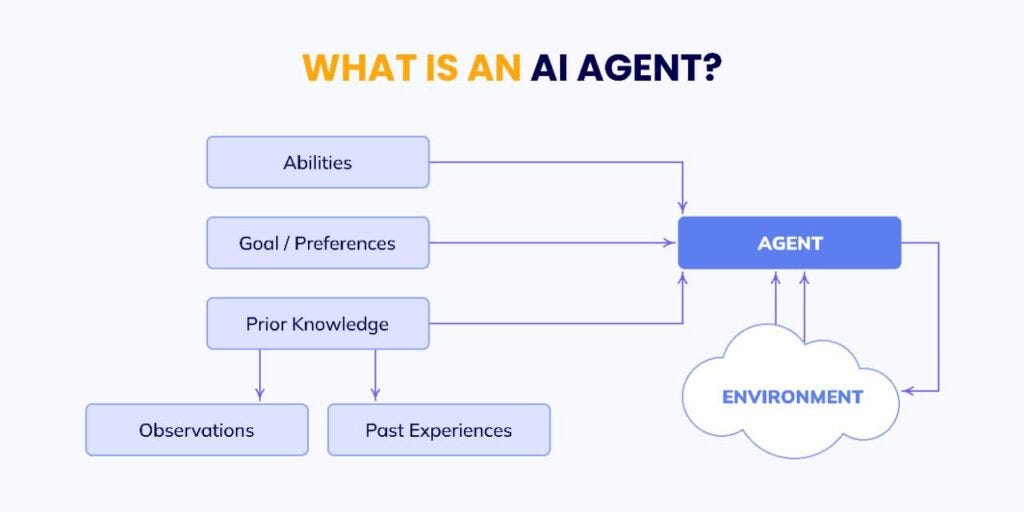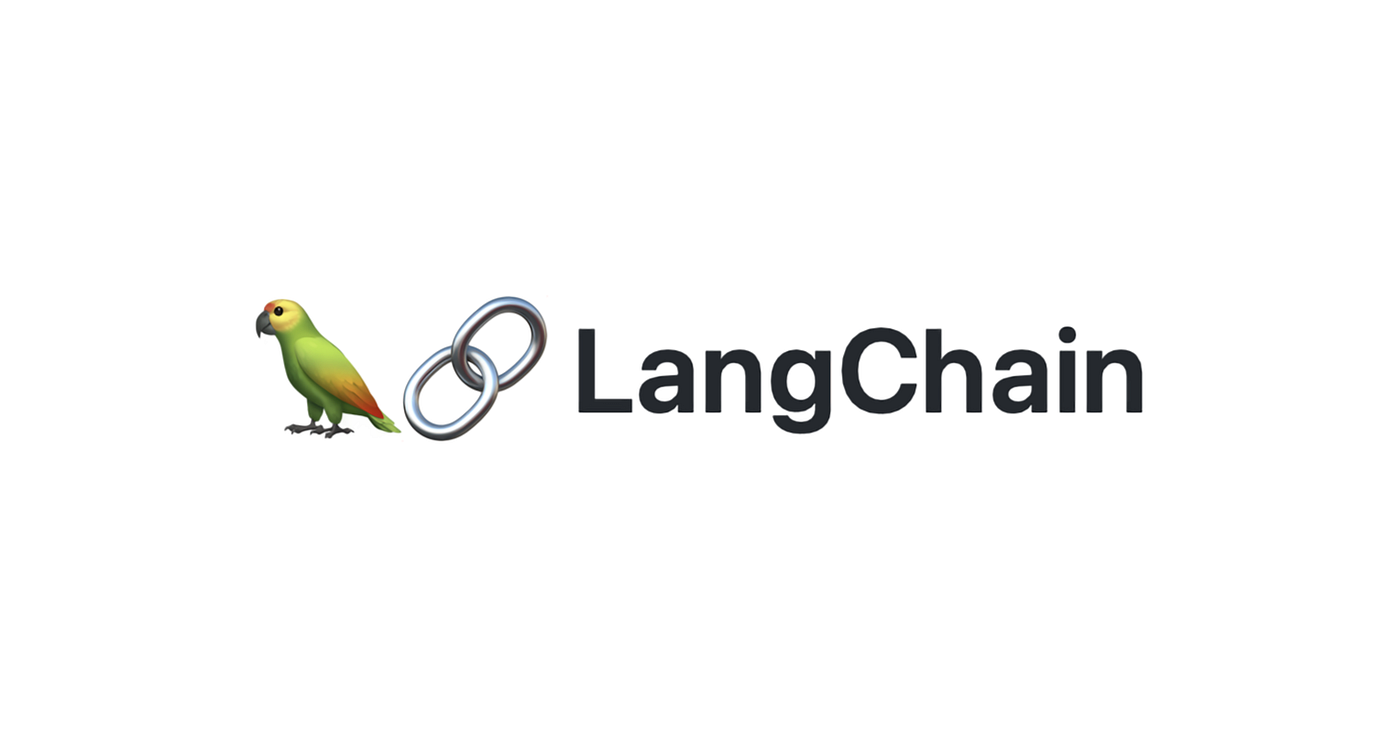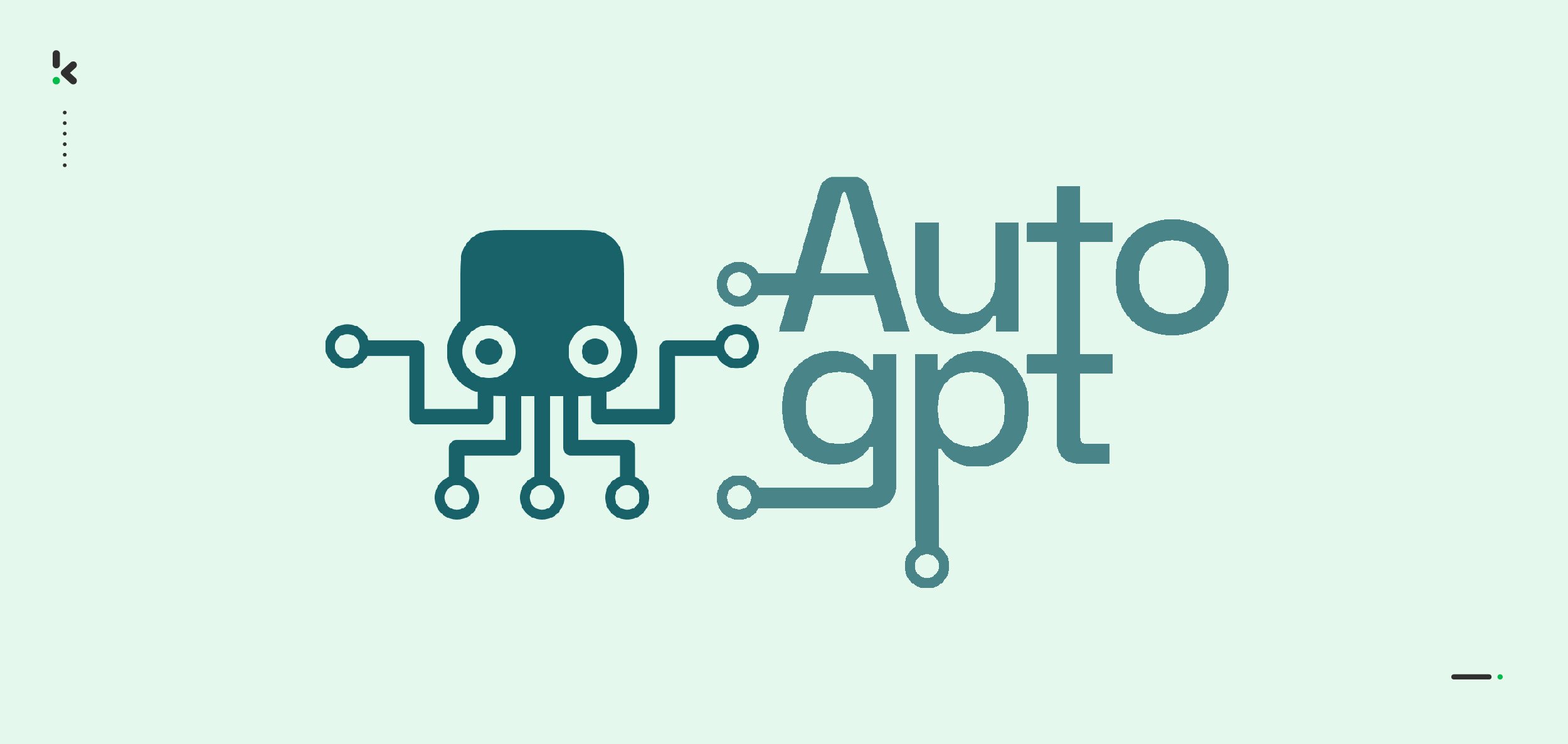What Are AI Agent Frameworks?
AI agent frameworks are powerful tools that help you build smart, autonomous assistants capable of coding, debugging, researching, and even deploying software for you. Rather than writing everything manually, these frameworks provide pre-built components, allowing you to focus on the bigger picture: building intelligent, AI-powered applications.
Imagine having an AI assistant that can write code, test it, fix bugs, and even generate project documentation—all without constant human supervision. Sounds like a dream, right? Well, these frameworks make it possible. But with so many options out there, which one should you use? Let’s explore the five best open-source AI agent frameworks for software development, explaining how they work, their benefits, and how you can get started.
1. Flatlogic AI Software Development Agent

What is Flatlogic AI Software Development Agent?
Flatlogic AI is a game-changer in software development. Think of it as your AI-powered software engineer that generates a complete application based on your requirements. Unlike other AI tools that help with small coding tasks, Flatlogic takes a different approach—it generates an entire full-stack web application, including the frontend, backend, and database.
How to Use It for Software Development
- Describe your app idea in simple language – Tell Flatlogic AI what type of application you want, whether it’s a SaaS platform, a CRM system, or an inventory tracker.
- AI generates the app’s structure – It automatically builds the database schema, frontend, and backend logic.
- Review and tweak the output – You can customize the generated project as much as you need.
- Download the complete source code – You get full ownership of the codebase, with no vendor lock-in.
- Deploy instantly – Flatlogic even offers built-in hosting options to launch your app immediately.
Why It Stands Out
- End-to-end app creation – Most AI coding tools assist in writing functions, but Flatlogic builds entire applications.
- Full code ownership – Unlike low-code platforms, you fully own and can modify your application’s code.
- Saves months of development time – Ideal for startups, businesses, and solo developers who need an MVP quickly.
For anyone looking to accelerate web application development, Flatlogic AI is a must-try. It’s particularly useful for founders, freelancers, and software agencies that need to launch projects fast.
2. LangChain

What is LangChain?
LangChain is a leading framework for building applications powered by large language models (LLMs) like GPT-4. It provides the necessary infrastructure to create AI assistants that can remember conversations, use external tools, and make logical decisions.
How to Use It for Software Development
- Create an AI-powered chatbot that remembers past conversations.
- Integrate AI with APIs, web search, and databases for dynamic interactions.
- Automate documentation and research tasks using intelligent query processing.
- Enhance AI decision-making by structuring step-by-step prompts.
- Generate and test code snippets based on specific project needs.
Why It Stands Out
- Designed for AI-powered applications – Best suited for chatbots, virtual assistants, and automated research tools.
- Seamless tool integration – AI can fetch real-time information, making it highly interactive.
- Memory and context retention – Ideal for multi-turn conversations where AI needs to track previous user inputs.
If you need an AI agent that goes beyond simple chatbot functionality, LangChain is a great choice.
3. Microsoft Semantic Kernel

What is Semantic Kernel?
Microsoft’s Semantic Kernel (SK) is a framework that lets developers integrate AI directly into their existing applications. Unlike standalone AI models, SK enables AI to interact with real-world software, databases, and automation tools to complete tasks efficiently.
How to Use It for Software Development
- Add AI-driven assistants to existing enterprise applications.
- Automate software testing and debugging by integrating AI-generated test cases.
- Connect AI to internal business workflows to process large volumes of data.
- Enhance enterprise-level decision-making using AI-powered insights.
- Create smart automation tools that handle scheduling, email sorting, and document classification.
Why It Stands Out
- Perfect for enterprise applications – Especially useful for integrating AI into business operations.
- Multi-language support – Works with Python, C#, and Java, making it versatile for different tech stacks.
- Production-ready framework – Ideal for deploying AI-powered automation at scale.
If you’re looking to enhance enterprise software with AI-driven intelligence, Semantic Kernel is a robust solution.
4. AutoGPT

What is AutoGPT?
AutoGPT is an autonomous AI agent that can think, plan, and execute tasks without continuous human input. Unlike traditional AI tools, AutoGPT can break down complex tasks into smaller steps and complete them independently.
How to Use It for Software Development
- Generate full software projects based on high-level prompts.
- Conduct AI-driven research and summarize findings for developers.
- Debug and optimize existing codebases automatically.
- Build self-improving AI models that adapt to new challenges.
- Write and test scripts for automation tasks.
Why It Stands Out
- Goal-oriented AI – You define a broad objective, and AutoGPT figures out how to complete it.
- Capable of reasoning and planning – Can break large projects into smaller steps and execute them sequentially.
- Best for research and automation – Especially useful in software engineering and data analysis.
If you want an AI that can handle complex tasks with minimal supervision, AutoGPT is worth trying.
5. CrewAI

What is CrewAI?
CrewAI is an innovative framework that allows you to build multi-agent AI systems where multiple AI models work together as a “team.” This is useful for complex projects where different AI agents handle specialized tasks.
How to Use It for Software Development
- Assign roles to multiple AI agents (e.g., coder, tester, and reviewer).
- Create multi-step AI workflows where agents collaborate.
- Develop a team of AI-powered software engineers to accelerate projects.
- Simulate real-world teamwork using AI models with different skills.
- Use AI to brainstorm, analyze, and refine solutions dynamically.
Why It Stands Out
- Multi-agent collaboration – AI agents can divide tasks and optimize workflows.
- Perfect for software development teams – AI-powered pair programming, debugging, and project planning.
- Scalable automation – Great for handling complex engineering workflows.
If you need an AI team rather than a single AI assistant, CrewAI is the perfect solution.
Which AI Agent Framework is Best for You?
- Need a full app built from scratch? → Flatlogic AI Software Development Agent
- Building an AI-powered chatbot or virtual assistant? → LangChain
- Want to integrate AI into an existing business system? → Microsoft Semantic Kernel
- Looking for an AI that works independently on big projects? → AutoGPT
- Need multiple AI agents working as a team? → CrewAI
These frameworks make AI a powerful ally in software development, allowing you to automate, enhance, and accelerate your projects. Whether you’re a solo developer, startup founder, or enterprise team, one of these AI agent frameworks will fit your needs. Now it’s your turn—pick one and start building smarter software today!